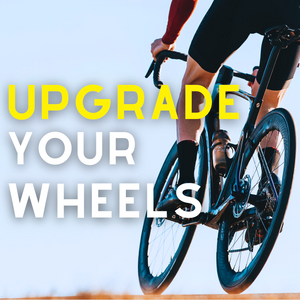
Why you need to train in the Open Water
Why you need to train in the Open Water
Every triathlete needs to regularly include open water swimming in their training routine. (Unless, of course, you are only going to be doing triathlons with pool swims.) Why? Because the vast majority of our races take place in open water. As a Playtri coach who regularly coaches at the longest running open water swim practice in the DFW Metroplex, I have seen triathletes make huge improvements in their open water swim abilities through regular exposure to swimming in open water in various conditions (windy, rainy, sunny, calm, cold, hot, etc.) If you still need a few reasons why you should swim in open water regularly, here are a few more:
Specificity: Training that is specific to the conditions of our races is critical to success. Thus, the more time you can spend training in open water, the better your swims will be on race day. However, if you show up at the lake to swim, you need a game plan like you do when you show up at the pool. Your coach should provide you with a workout for your open water swims. Or if you come to Playtri Open Water Swim practices on Saturday mornings from mid-March through September, you will have a coach leading your workout the whole time. Which brings us to the next reason…
Skill development: Because open water swimming is different from pool swimming, it is essential that each of your open water swim training sessions include focused work on skill development. Some of the skills that are necessary to develop are: sighting, buoy turns, starts, exits, dealing with physical contact from other swimmers, a higher arm cadence, and the ability to change pace quickly and then recover.
Anxiety: Many people who participate in open water swimming struggle with anxiety, especially if the majority of their swim training is done in a pool. The pool offers a controlled environment that has clear water, boundaries, and line to follow. Open water does not provide the same environment and so swimmers can be anxious if the water is murky, deep, has swells, chop, or a current, and has other animals in it. If you are a person who gets anxiety in open water, then it is beneficial to swim in open water more and include breathing exercise in your warm up. Open Water Anxiety is something that I regularly address with triathletes at Playtri Open Water Swim sessions on Saturday mornings, because it is so prevalent.
Safety: And, of course, always make sure you are being safe. Swim with a partner, with a lifeguard present, or someone watching you from shore to ensure your safety. Leave a message with a family member or friend about your swim plans and when you will be back. And make yourself visible by wearing a bright swim cap and swimming with a buoy.
If you have questions about anything this article or are interested in scheduling a one-on-one swim lesson, please reach out to me at jim.rowe@playtri.com. Happy training and racing this year!
Jim Rowe is a Playtri Level 4 Coach and Coach Education Lead, a USAT LI Certified Coach, and NASM Certified Personal Trainer who works with adult athletes of all abilities from beginners to IRONMAN World Championship qualifiers. Learn more about Jim at www.playtri.com/jim-rowe.



